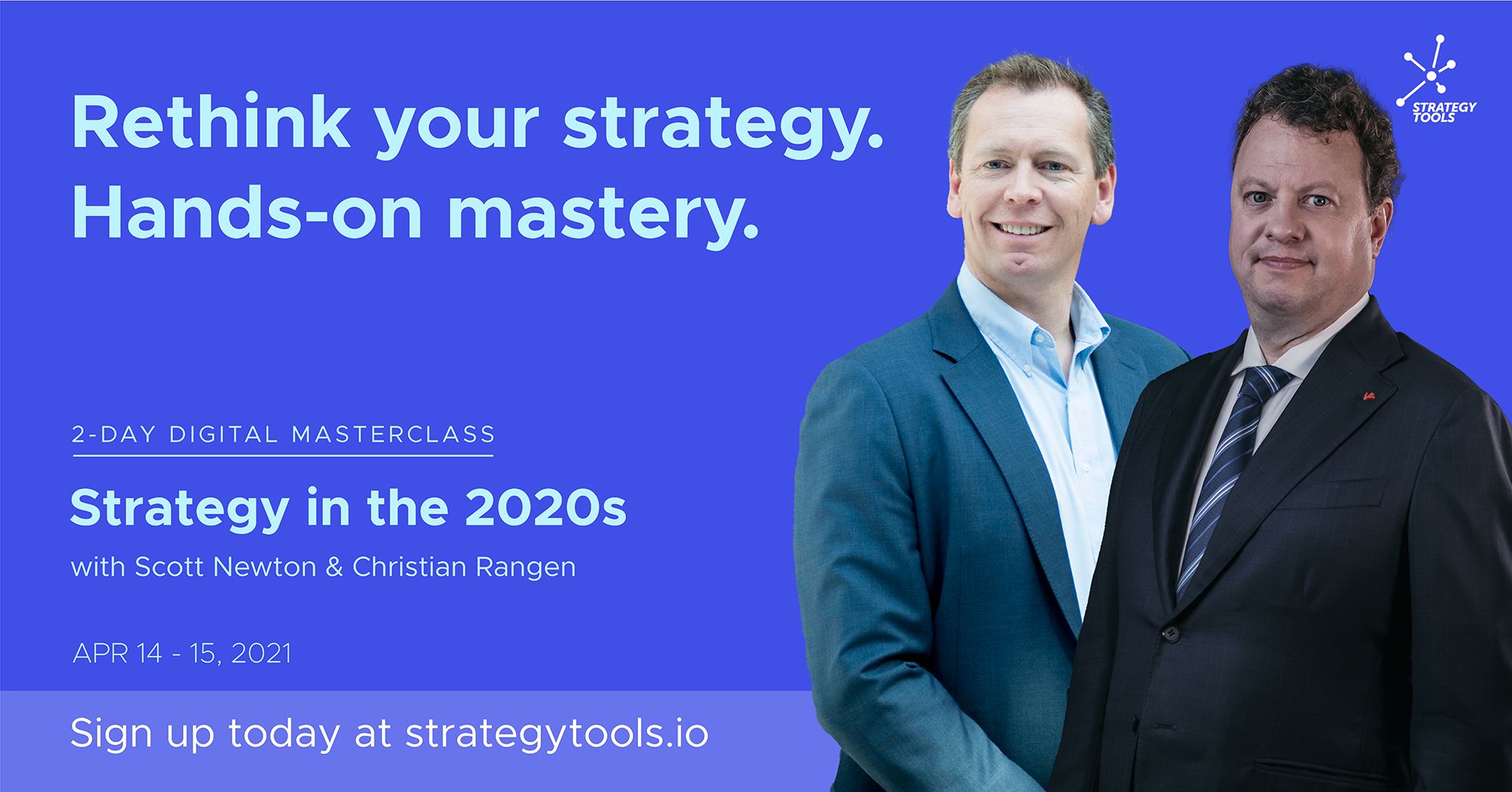Every strategy sits on a bed of strategic assumptions. It is impossible for any CEO or executive team to make decisions that are not based on some point of view, gut feelling, or data of how they believe the “world will unfold” in relation to their industry.
Think of the different versions of reality the executives of Boeing’s Dreamliner 787 vs. Airbus A380 rest on. Update on the development of Boeing and Airbus here . Because they have different “versions of how the world will unfold “ they have naturally made contrasting investments in the product, market, and capabilities choices on the SUPPLY and DEMAND of the air travel industry. Who’s right – as measured by sustainable profitability – time will only tell – but you can see clear choices based on strategic assumptions very evident here.
The trouble we see with executive thinking is not in the “strategic assumption itself” but the inability to leverage their vast expertise, experience, and insight that drifts in the ether around the conference room table. The result – strategic plans whose creators have no way to test the soundness of their thinking during execution or erroneous assumptions defended because there was never any visibility or executive alignment to start with. Rather than “Wait and React” why not proactively make assumptions visible and test their soundness along they way thereby giving your company a better approach to make mid-course corrections.
Misuse or non-use of strategic assumptions is a recipe for disaster in setting effective corporate strategies. If this sounds like your organization – or maybe not your organization but one that you know– use this simple 5 step checklist to assess how well your company is applying strategic assumption to guide its decision making.
1. Understand what strategic assumptions are / are not
- Assumptions are short statements that display what you believe will unfold in the external environment during your strategic time frame. They affect you and everyone else in the environment (note: they never should be only about your company e.g. China will be our number 1 growth market). It is very beneficial to even draw a small graph to visually “see the prediction” you are making. This alone – spurs constructive strategic debate among senior executives and importantly surfaces gaps in thinking.
2. Quantify and Assign a Probability to Assumptions
- Given that assumptions are an expectation of the future that can’t be 100% predicted – many organizations say, “why guess at it?” We don’t recommend you guess but rather make visible the thinking and quantify your assumptions within some peer-agreed range. You are looking for Order of Magnitude here – not academic precision. Later – deeper analysis or supporting data needs may be researched that support or invalidate your assumption(s). Once you have set Order of Magnitude, assign each assumptions either an:
- H=75% will happen,
- M=50-75% likely to happen or
- L=50% below won’t happen as the calibration.
From our experience executives are more right than wrong in the assumptions they make. Upon a strategic review even they are surprised about how much they really know about their industry. Don’t allow “we don’t know” or “we don’t have the data” to get in the way of this first iteration.
3. Link them to internal Revenue, Margin Implications
- With each assumption – the key question to ask is “SO WHAT?” – what does this mean to the strategic product, market and capabilities choices for our business – What alternatives exist to exploit or mitigate this trend. Keep in mind implications only apply to your company (in comparison to assumptions which are external) and are really alternative actions your company needs to decide on given the assumption. Because strategic assumptions fundamentally impact your product, market (read: customer), capabilities (read; expertise and processes to invest in) choices your CFO can effectively draw a link from the assumptions to the P& L impact scenarios that may unfold – which gives you real insight into the future.
4. Don’t have More that 5 Strategic assumptions
- More than 5 assumptions means you are giving points for quantity rather than quality of thought. Distilled – assumptions are really about the SUPPLY and DEMAND of your industry with TECHNOLOGY as the fulcrum for rate of change. This means you need to distill the 5 or “things” that really drive and affect the certainty of your industry’s supply and demand.
5. Build Your Strategy Upon the Assumptions
- With assumptions now visible, quantified and a probability assigned along with the impact to product, market, and capabilities choices – you now can leverage these to develop alternative strategies that will allow you to win in the market place. This is not a robotic step – far from it – but with this data visible you will highlight areas of opportunity and areas of risk to be mitigated much more readily than not. Because assumptions are just that – forecasts of the future – your company needs to test the validity of your assumptions and associated actions to offer mid-point corrections based on how the world has actually unfolded each quarter and at the very least annually.
These five steps will give you and your executives more control over the future than anyone would have predicted. In my next update – I will share with you a simple tool to gather, sort, assess and select the relevant information needed to develop your strategic assumptions .




